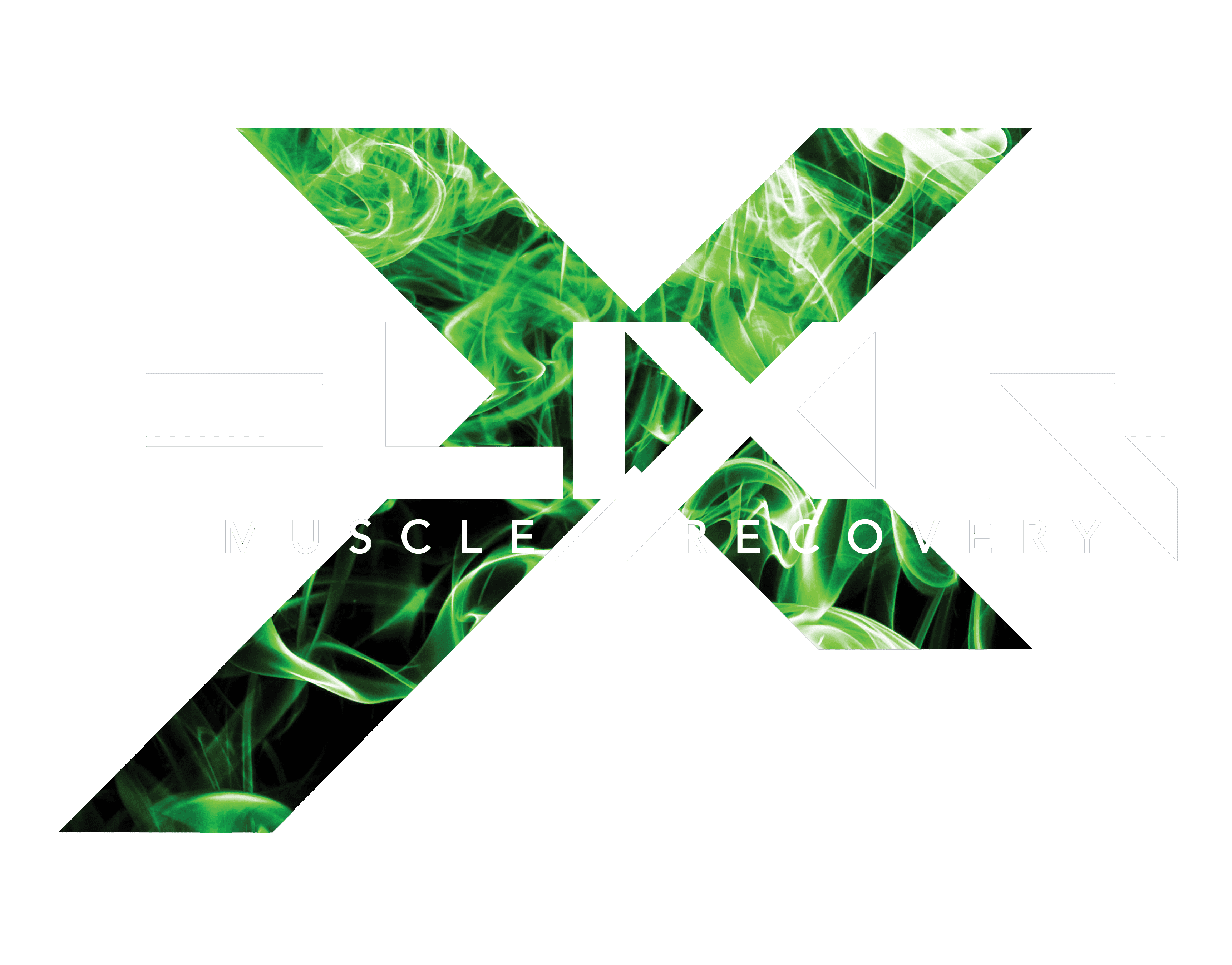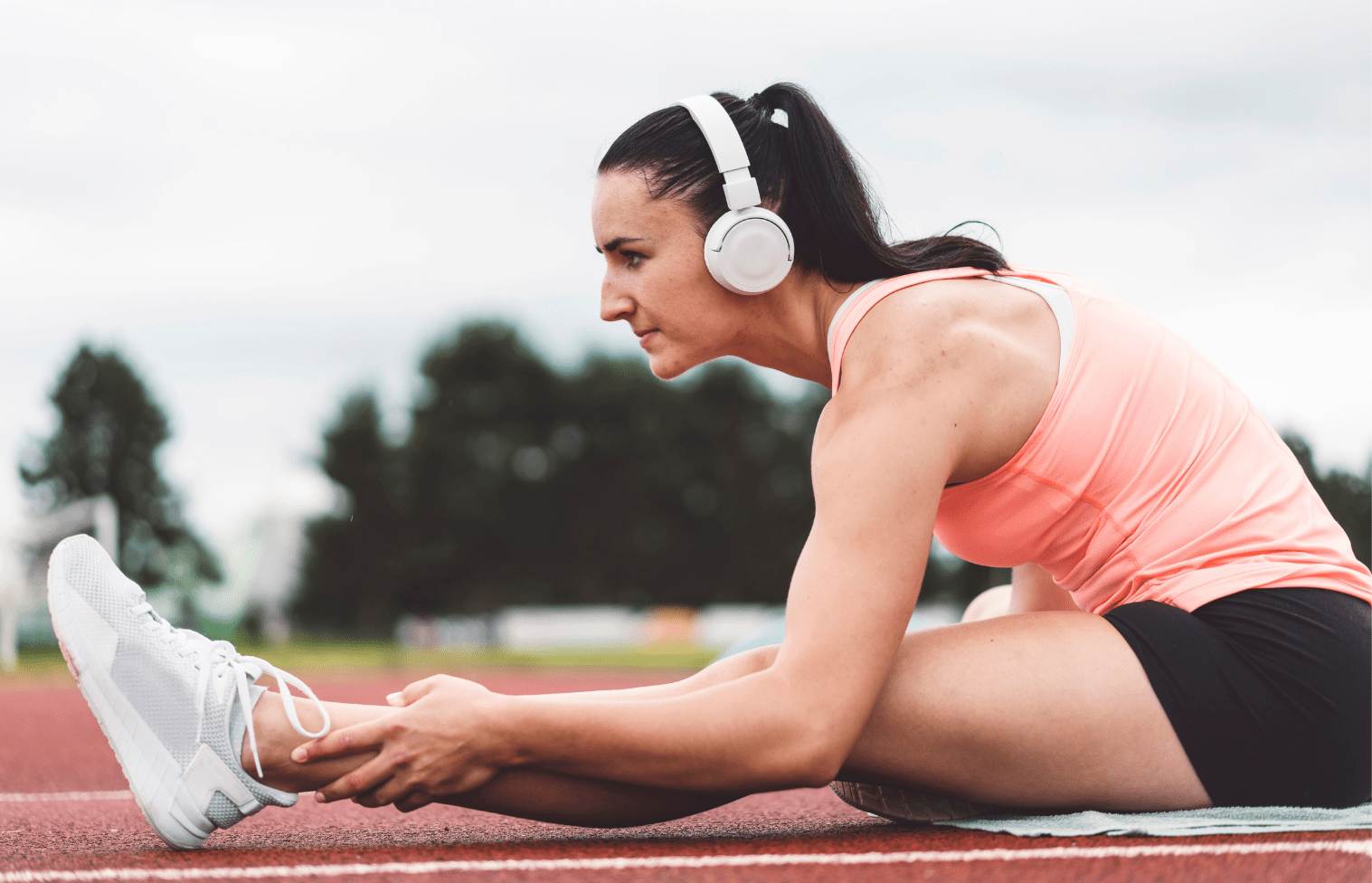The sports industry is becoming more demanding daily, especially for young athletes. As they strive to achieve excellence amidst intense training and competition, injury is becoming increasingly prevalent — and so is its recovery.
As critical as sports recovery is, it becomes even more significant for younger athletes. Ensuring a safe recovery with minimal risks and the proper techniques is paramount to maximizing their potential.
Fortunately, science has made great progress, and the future of sports recovery is only getting brighter each day. In this piece, we’ll look at some of such technologies and innovations in sports recovery and how they play a crucial role.
New Innovations in Sports Recovery
The technologies we’ll discuss are non-invasive, and their effectiveness swiftly pushed them into popularity. Let’s take a look.
- Red-Light Therapy

Also known as low-level laser therapy, red-light therapy involves the usage of lights to stimulate healing and recovery. These lights are low wavelength and go past the skin to reach the problematic muscles, tendons, or other tissues.
The benefit of this technology is its ability to reduce inflammation and stimulate the release of anti-inflammatory cytokines. Not only can inflammation be uncomfortable, but it can also slow the healing of the tissues. Additionally, the analgesic capabilities of this therapy can play a role in alleviating pain for athletes.
This technology can also stimulate blood flow to the affected region, carrying oxygen and other nutrients to quicken healing. Red-light therapy is known to boost the production of adenosine triphosphate — the energy source at cellular levels. Consequently, tissue repair receives another layer of healthy boost.
This non-invasive therapy can also be used for adolescents and adults without risks of side effects.
- Kinesio Taping
Kinesio taping is less recent than many methods, but it’s rather effective. You may have noticed athletes wearing a form of tape near their muscles and joints. That’s essentially what kinesiology taping is.
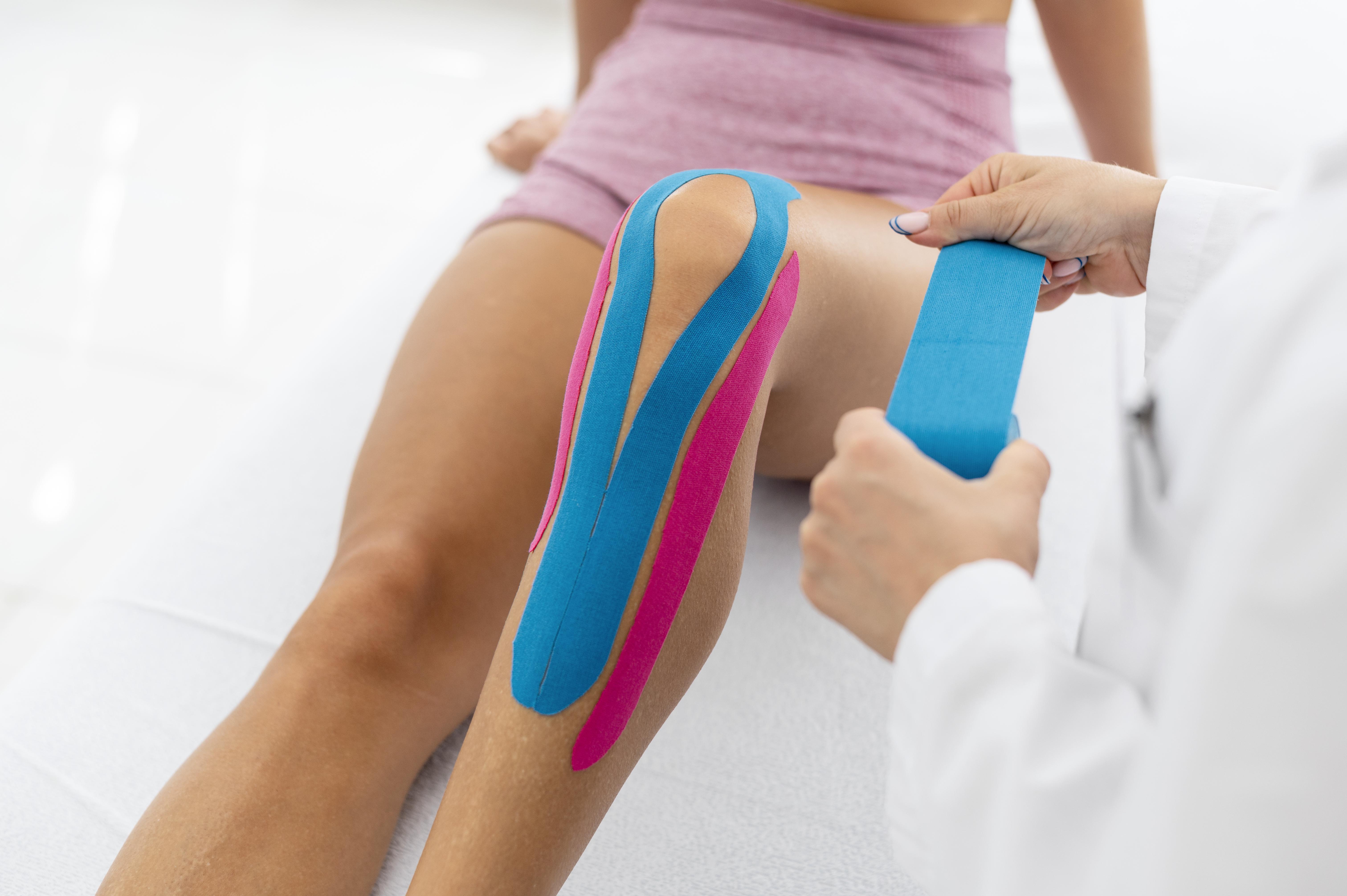
It applies pieces of elastic tape on the athlete’s target areas to provide support and stability and assist recovery. Contrary to elastic bandages, these are lightweight and don’t hamper the range of movement.
The tape adds stability to the injured area by applying pressure to the tissues around it. Fatigued muscles benefit from this added stability, a blessing for athletes. Kinesio taping is also used to prevent further issues like cramping. It can improve posture too, which is often crucial in quick and correct recovery.
This method uses different taping patterns to help with recovery as needed (for instance, the lattice pattern). Depending on the usage, it can help reduce pain and inflammation by boosting lymphatic drainage.
Muscle activation is something Elixir Muscle focuses on, and Kinesio taping is a technique that can also help it. Targeting muscles and stimulating or relaxing them can significantly affect rapid rehabilitation. And considering the non-invasive nature, this method is a solid aid in muscle recovery.
- Muscle Compression
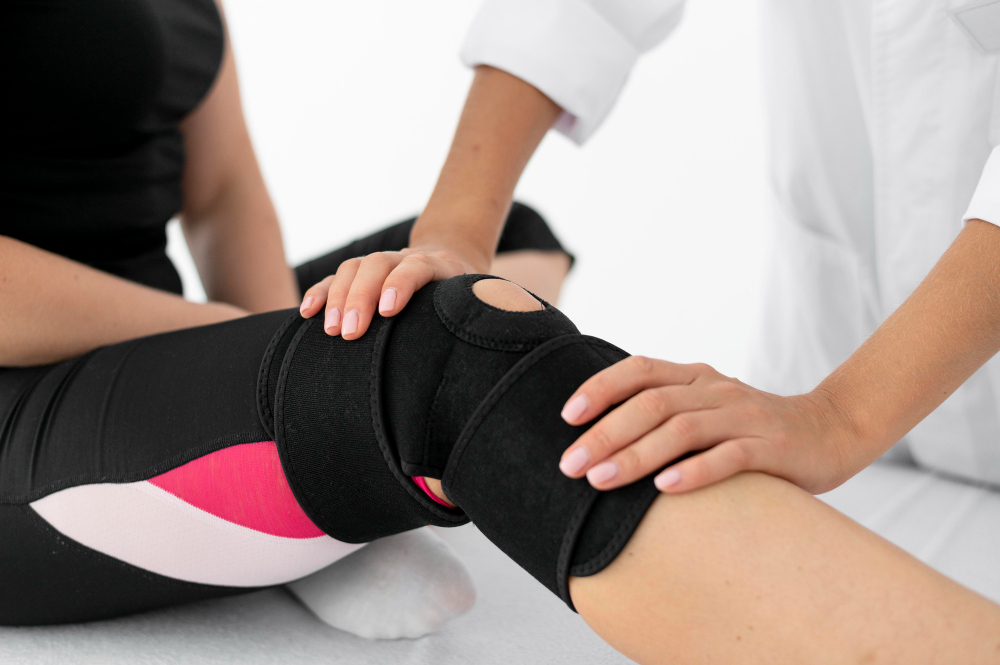
Muscle compression does what it sounds like — apply external pressure to an athlete’s target muscle areas, especially after a training session or during recovery. There are many ways of using this pressure, like garments or boots.
The first benefit of pressure exertion is enhanced blood circulation. Consequently, the damaged muscles receive more oxygen and nutrients, which quickens the rehabilitation process. Additionally, metabolic waste like lactic acid sees a reduction in the build-up, once again aiding recovery.
Reduced accumulation of fluids can also play a role in reducing inflammation and swelling in damaged areas.
Another crucial aspect during recovery is stability and support for the damaged muscles. Compression garments act as external assistance and prevent micro tears or additional damage to the injured area.
Athletes rely on muscle compression after training sessions or competitions to reduce soreness, especially during rehabilitation. Reducing oscillation and micro tears in the muscles also minimizes discomfort or muscle soreness.
And since it maintains the non-invasive trend, this method has gained quite a bit of traction.
- Cold Ice Compression
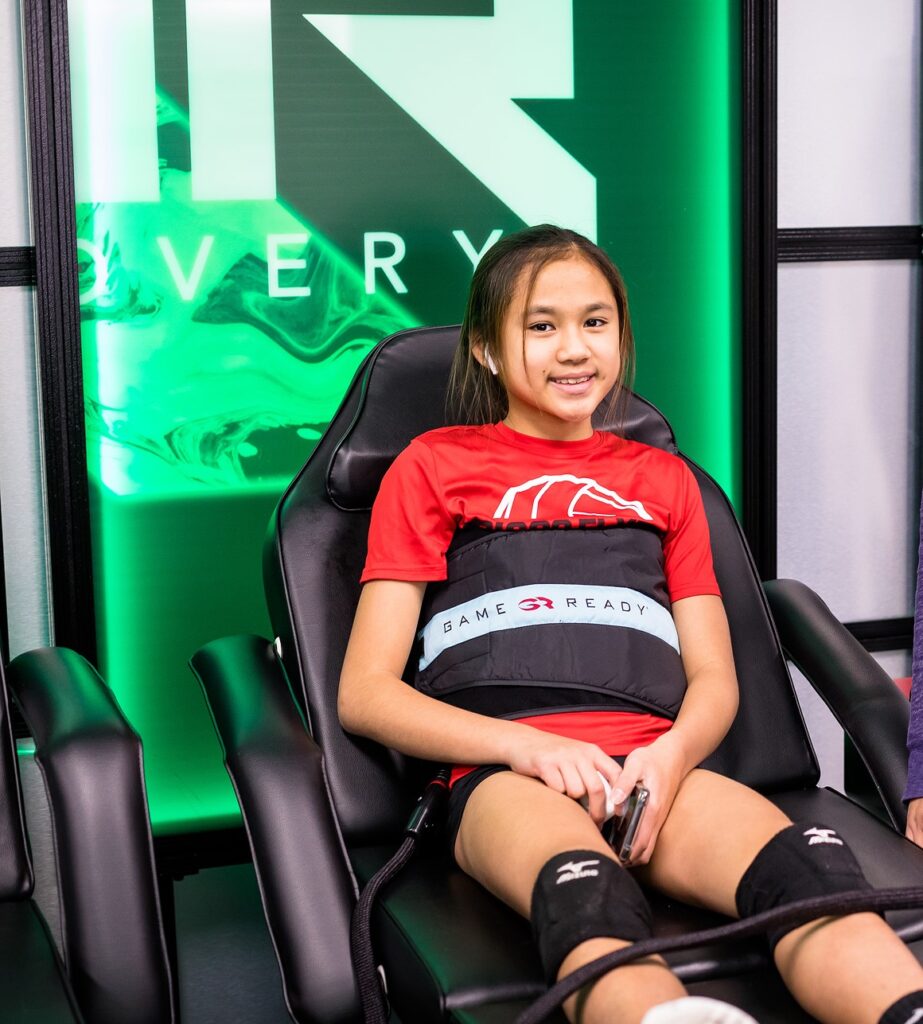
Cold ice compression (cryotherapy) applies cold temperatures to target areas to assist and accelerate recovery. Cold ice compression can be approached through multiple methods, immersion or specific compression devices.
Since colder temperatures can numb the nerves’ endings, this method has an analgesic effect and controls pain. It also keeps swelling in control as the blood vessels are narrowed down.
Muscle spasms and soreness are quite common in athletes. Cold ice compression is beneficial in allowing the muscles to relax and reduce stiffness. And since the temperature slows down the affected area’s metabolic activities, it prevents further aggravation and aids recovery.
While prolonged, unprotected exposure can harm the skin, controlled application has no side effects. Instead, cold ice compression offers immediate pain control and enhances recovery.
- Whole-Body Vibe Plate Stretching
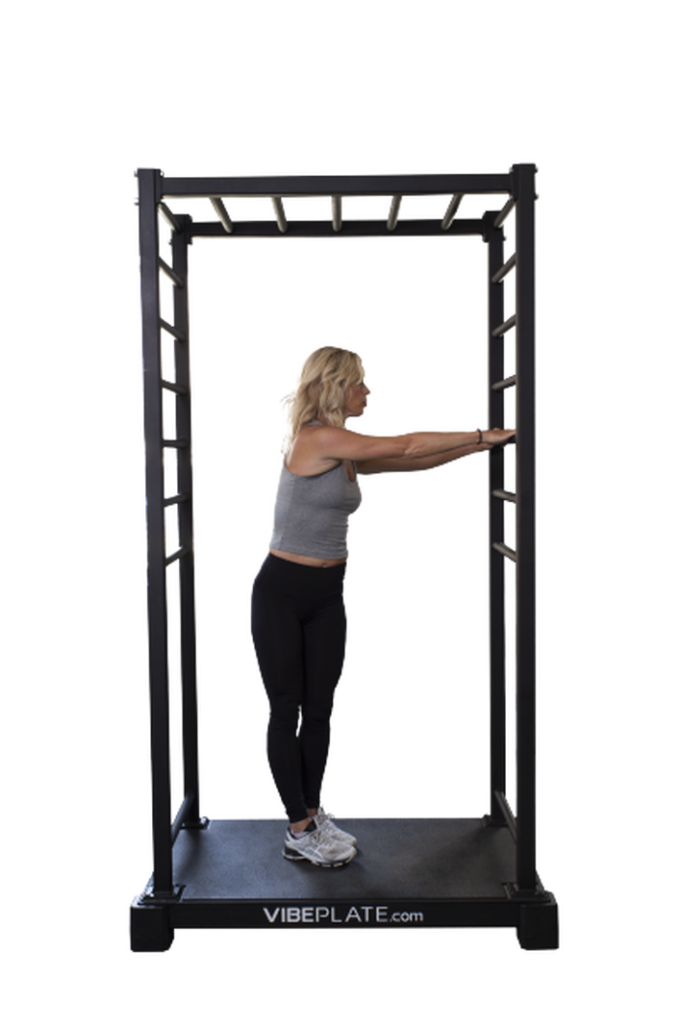
Whole-body vibration or vibe plate stretching utilizes a vibrating platform to enhance recovery. For one, it has a positive effect on muscle activation. The mechanical vibrations help with muscle fiber recruitment and strengthen them. They also help relax the muscles and reduce any soreness.
The vibrations promote blood circulation in the target region and throughout the body. Improved circulation enhances the delivery of necessary nutrients and oxygen. This reduces muscle soreness after workouts and helps during the athlete’s recovery.
Range of motion often takes a hit after an injury. Vibe plate stretching can stimulate the muscles’ movements and increase their range of motion and flexibility by stretching and moving them. This helps restore the athlete’s full capabilities and reduce the risks of future injuries.
What’s unique is that this method positively affects the whole body. Considering how much time goes into recovery, efficient methods like these are always beneficial. And the lack of any potential side effects makes it worth the while.
- Muscle Stim Therapy
Muscle stim or stimulation is quite common in sports recovery for athletes. It relies on electrical stimulation and sends targeted impulses to the damaged muscles. Essentially, these impulses result in the alternation of muscle contraction and relaxation.
As expected, the stimulation significantly boosts muscle activation, increasing neuromuscular efficiency and reducing the risks of further injuries. Furthermore, it results in muscular re-education, essential when recovering from an injury.
The electrical impulses can also stimulate blood flow around the target area. As we’ve mentioned, this shortens the time taken to heal and helps eliminate metabolic wastes. The movement also makes the body release more endorphins, which naturally play a role in pain relief.
- Heat Therapy
Heat therapy predictably applies heat to the affected areas. This therapy can be used through immersion, ultrasound therapy, or good-old heating pads.
Firstly, heat can help increase blood flow by promoting vasodilation (widening blood vessels), which is crucial for muscle relaxation. This can help alleviate muscle stiffness or soreness and deliver more nutrients and oxygen.
Like cold temperatures, heat can also stimulate the nerve endings in the skin, reducing pain signals and promoting the release of endorphins. These hormones are effective in pain relief. Consequently, athletes have an easier time regaining their range of motion without discomfort.
Uncontrolled exposure to heat can be potentially harmful, but heat therapy doesn’t pose much risk otherwise. Its ability to promote muscle relaxation and joint mobility and accelerate recovery makes it a great choice for athletes.
My Last Words
Striking the right balance between quick and responsible recovery is crucial for young athletes. The therapies and technologies discussed have all had a successful track record in achieving that, and their constant improvement says they’re here to be a part of the future of sports recovery.
